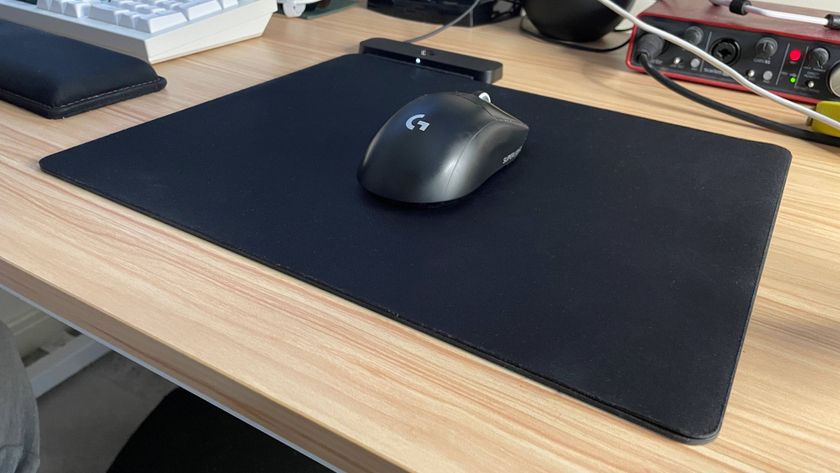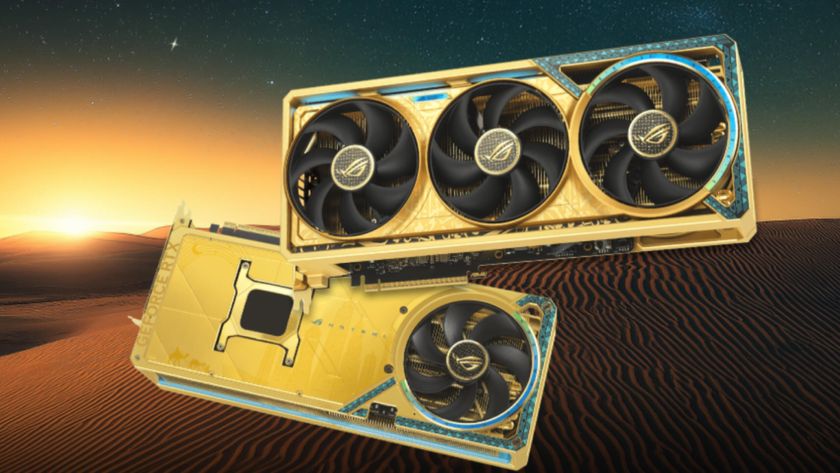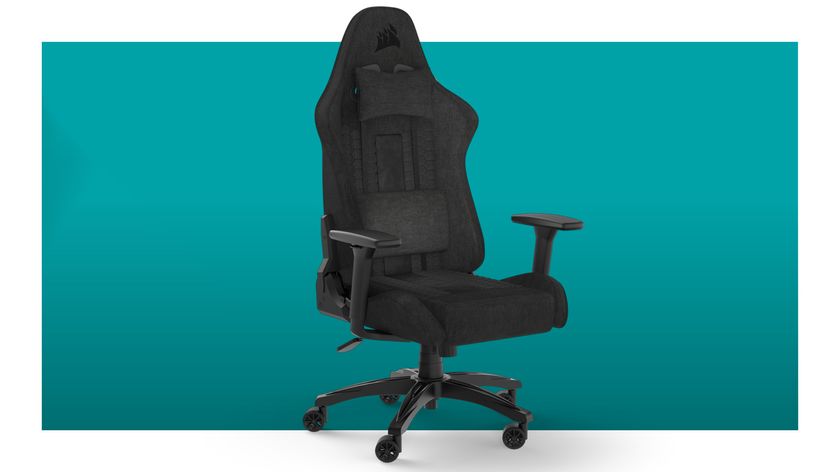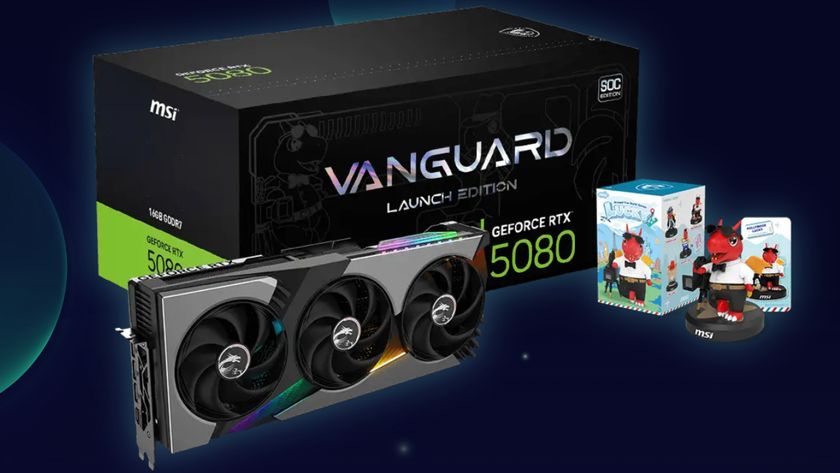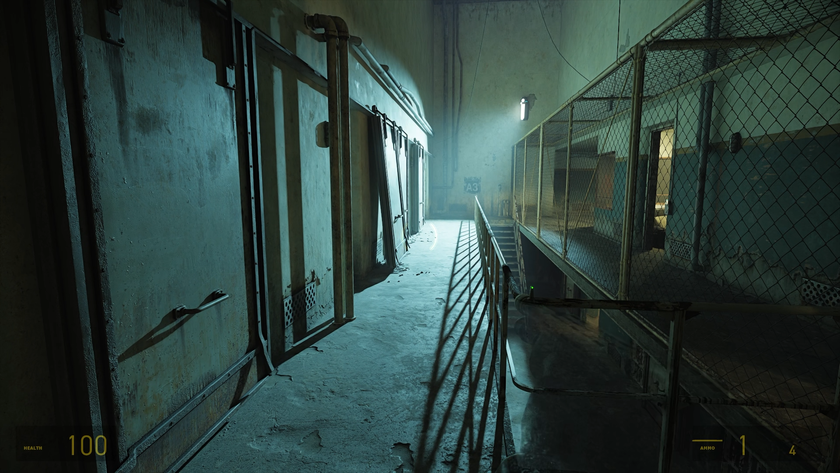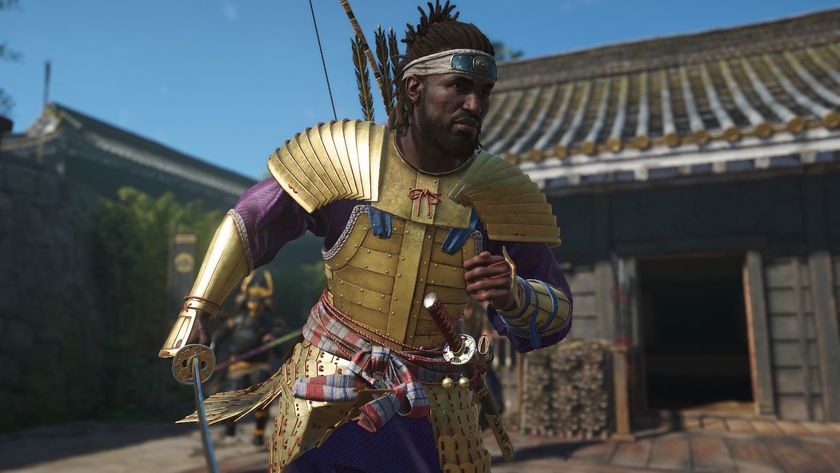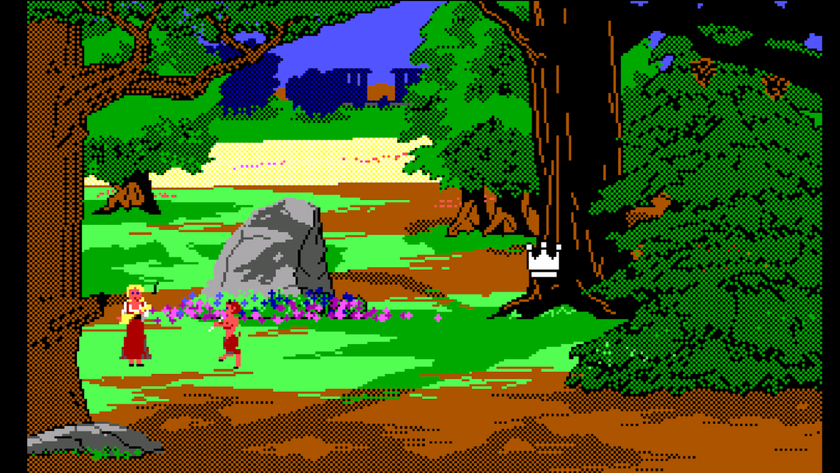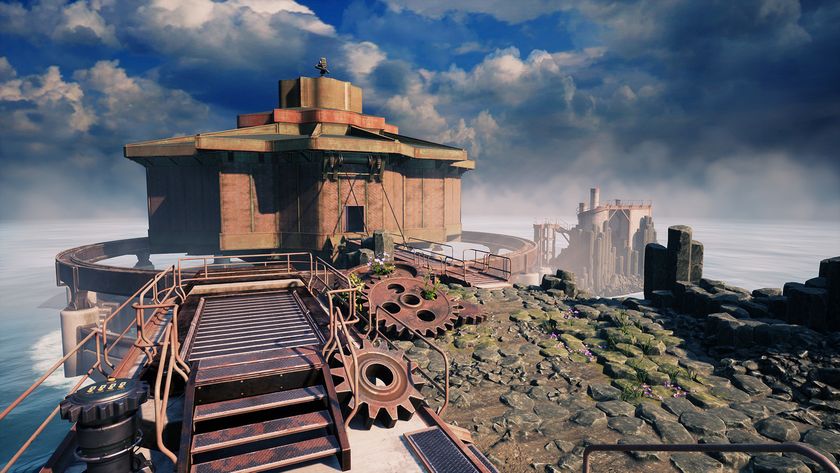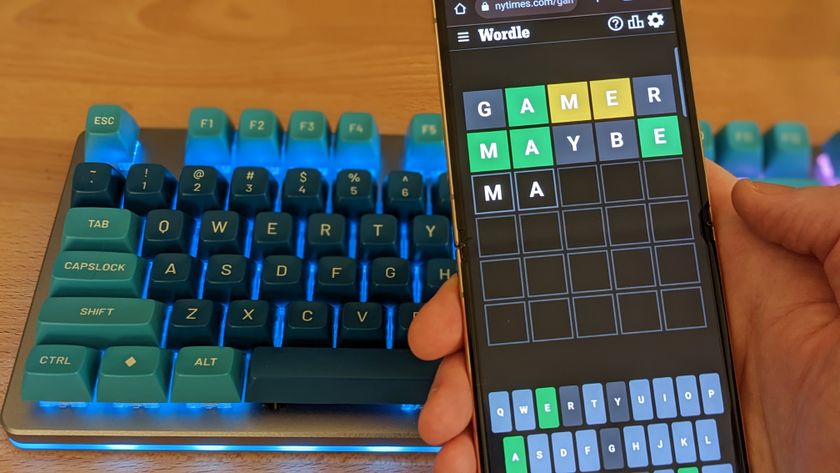Zotac just upgraded its VR backpack, but should have waited for new CPUs
The VR Go 3.0 will soon be outdated with new CPUs and GPUs on the horizon.
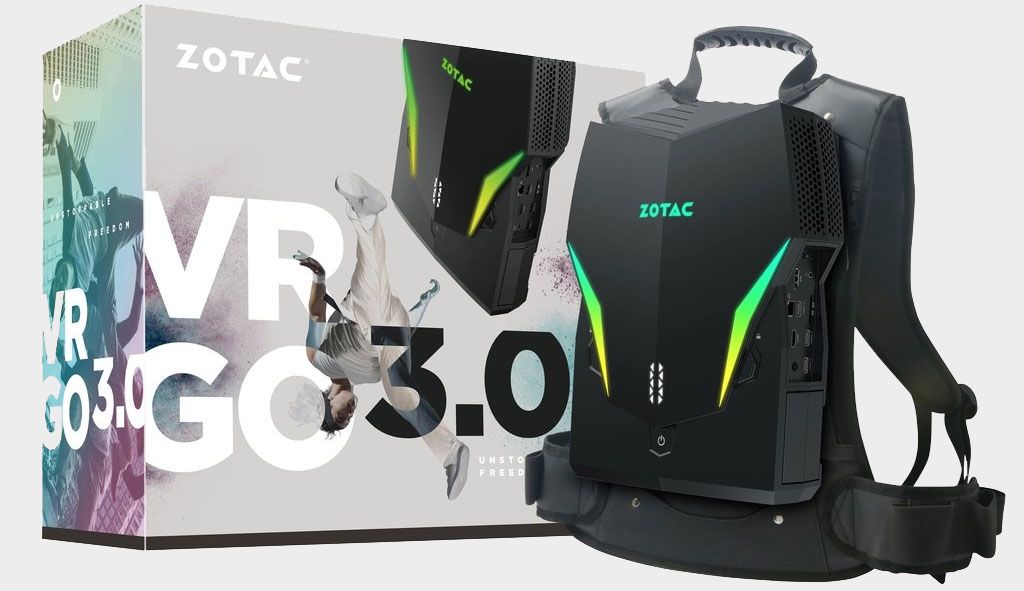
VR headsets are divided into wired and wireless categories. Wired ones that connect to a PC offer the best performance, but are much less convenient. This is where Zotac's VR Go, a battery powered PC in a backpack, comes into play, and the latest model offers more CPU and GPU horsepower than ever. My only issue is the timing, with new hardware on the horizon.
Zotac's new VR Go 3.0 gets an upgrade to an Intel 9th generation Core i7-9750H processor and a GeForce RTX 2070 GPU, a combination the company claims will deliver around a 25 percent bump in performance compared to the VR Go 2.0.
For reference, the previous generation VR Go 2.0 touted a Core i7-8700T and GeForce GTX 1070 GPU. The CPU bump isn't all that significant—both the 8700T and 9750H are 6-core/12-thread chips—but it is a little faster. However, the 2070 is a more substantive upgrade, and is where Zotac is drawing its performance claim from.
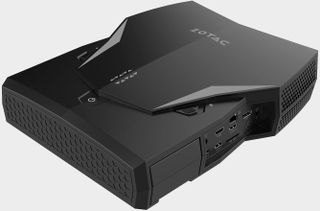
- CPU—Core i7-9750H
- GPU—GeForce RTX 2070 8GB
- RAM: 16GB DDR4
- Storage: 240GB M.2 SSD
- I/O—6x USB 3.0, GbE LAN, 3.5mm headphone and microphone, 3-in-1 card reader
- Wireless Connectivity—Wi-Fi 5 (802.11ac) + Bluetooth 5
- OS—Windows 10 Pro 64-bit
- Batteries—2x 6000 mAh
While short on storage (just a paltry 240GB SSD), it's an otherwise respectable build. It's also nearly out of date. Intel has already announced its 10th generation Core "Comet Lake" processor lineup, which will be landing on retail shelves soon, and later this year Nvidia and AMD will be rolling out new GPUs—Ampere and RDNA 2, respectively.
Zotac really should have waited a few months before refreshing the VR Go. At the very least, any new PC—in a backpack or otherwise—should be equipped with either a Comet Lake CPU, or one of AMD's latest generation Zen 2 chips.
That said, this is still a good setup for VR gaming, and anything else you might want to do on a PC that you happen to carry on your back. It also retains the same overall design of its predecessor, which our friends at TechRadar found to be "10 times more comfortable" than the original VR Go.
Zotac includes a pair of hot-swappable 6,000 mAh batteries. The company says they're good for an hour of gaming. That's not very long, though if you're willing to stock up on additional batteries, you can charge one set while playing on the other. You can also swap just one battery at a time, so you can pause your game and pick up where right where you left off (rather than having to power down).
The biggest gaming news, reviews and hardware deals
Keep up to date with the most important stories and the best deals, as picked by the PC Gamer team.
There's no word yet on price or when the VR Go 3.0 will be available.
Paul has been playing PC games and raking his knuckles on computer hardware since the Commodore 64. He does not have any tattoos, but thinks it would be cool to get one that reads LOAD"*",8,1. In his off time, he rides motorcycles and wrestles alligators (only one of those is true).
